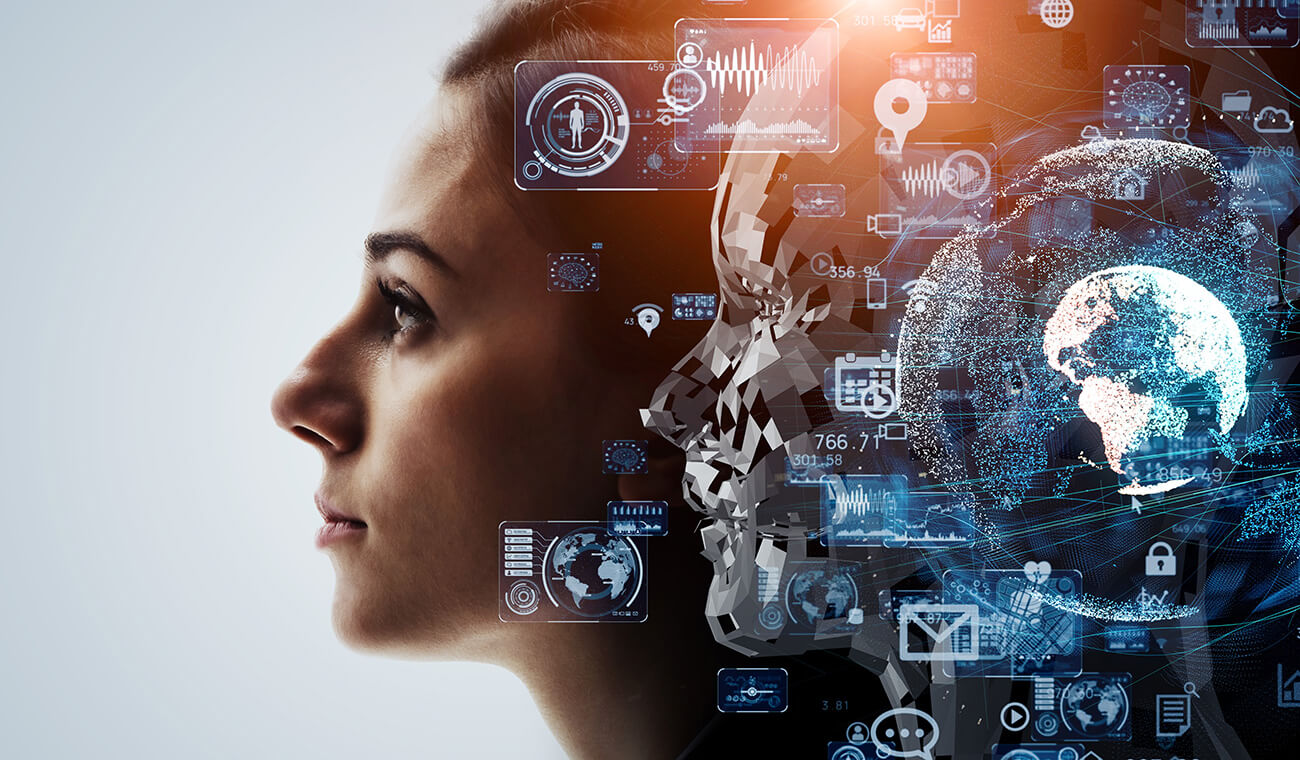The Rise of AI for Image Generation: Potential Future of image generation tools
What does it take to get the right image with AI?
By leveraging machine learning, artificial intelligence generates video, image, content data, etc... Moving from an era of Autoencoder to GANs (generative adversarial networks), two neural networks of generators and discriminators, and then to Diffusion models, the epitome of the generative model is a fascinating story.
Today, anyone can generate a realistic image within a few seconds rather than waiting days for the task to complete. Coming back to our original question - what does it take - it takes prompt engineering. It is the precision of the prompt that determines the final result.
Language model DALL.E which can generate images from text is quite a powerhouse trained on millions of images. All you need is to log in to your account and give a prompt.AI can also provide you with variations in addition to editing freedom.
The same is true for Midjourney. The Midjourney bot can be accessed via a discord account once you create a Midjourney account. When I tried a few prompts, ostensibly showing frames with different versions, I was shocked. There is so much visual imagination evident in each static image.
The possibilities are endless.
This definitely can revolutionize the entire design industry including Healthcare. The advertisers get to spend their money exactly on what the target consumer is looking for. No wonder if creating an image with all emotions and expressions is possible. Imagine a smartwatch mentioning data as required, instead of searching around multiple stock images on websites the best is to write the correct prompt on Midjourney and you will get the image.
Isn't it thought-provoking?
Well, yes.
For instance, Heinz collaborated with Rethink to use their generative AI tool ‘DALL E 2’ to generate the AI-based image of a ketchup bottle from Heinz. For this, Rethink has trained the AI tool with 100s of Heinz ketchup bottles to process and give the proper image of Heinz ketchup bottles.
Generative AI will account for 10% of all data produced by 2025 with an annual growth rate of 33.2% between 2020 to 2027. The text-to-image generative program has the potential to change how art, movies among others are rendered.
Generative AI is incredibly powerful. With great powers comes great responsibility. Always check the output since these models are trained by humans and are affected by human biases. As we are moving towards the digital age, it is equally important to strike a balance. Generative AI being trained by humans is prone to some biases but yes, it is important to have a human approach while moving toward digitization.
In the future, AI will transform the way we create and use images. Generative AI can produce high-quality images within seconds. We should however be aware that these models may have biases as we embrace this technology.
We should stick to our values & ethics while embracing this technology.
It is crucial to strike a balance between human approach and AI technology. But the future of AI is bright.
So, Let's explore.
Srikant Subramanian, Vice President - Healthcare

